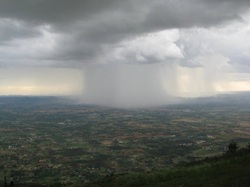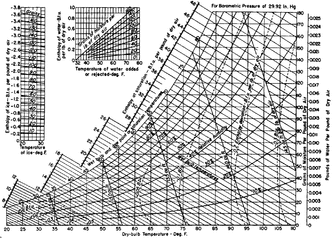Temperature

According to data gathered from the NOAA, the average annual temperature of New Orleands is 87°F. During June, July, and August (peak of summer) daily high temperatures average 91°F and very rarely break 100°F. Durting the night temperatures drop into the low seventies throughout summer. During the fall (September/October/November) and spring (March/April/May) the daily highs average between seventy and eighty degrees while the nigltly lows remain in the mid fifties. During the winter (December-February) the daytime high temperatures average 64°F and the nighttime lows average in the mid fourties. The record historic low was 11°F in 1989.
Climatagrophy of New Orleans PDF
Rainfall

New Orleans recieves a steady supply of rainfall yearly. Most months average between five and six inches a month. June July and August recieve an average of 6" a month where as December and January recieve an average of 4.5" a month. This summer rainfall combined with the heat and relitive location to the water makes New Orleans a very humid city causing temperatures to feel hotter than they would in a drier climate.
Hurricanes

Portions of New Orleans have been flooded by: the Grand Isle Hurricane of 1909, the New Orleans Hurricane of 1915, 1947 Fort Lauderdale Hurricane, Hurricane Flossy in 1956, Hurricane Betsy in 1965, Hurricane Georges in 1998, Hurricane Katrina in 2005, Hurricane Rita in 2005, and Hurricane Gustav in 2008.Hurricains are able to produce up to 120mph winds. Hurricane Katrina, representing a worst case scenario, left 80% of the city under water. Some areas were left in 15 feet of water for weeks. The peak of hurricane season strecthes from August to late October.



